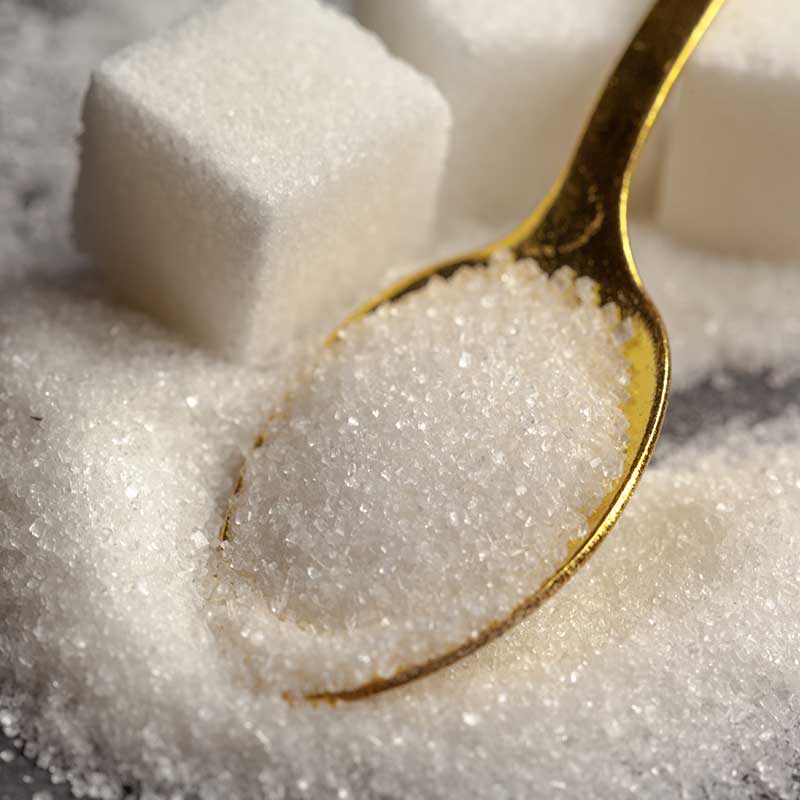Explained: India Is Second-Largest Sugar Producer But Unlikely To Benefit From Galloping Prices In Global Market

International raw sugar prices recently touched an 11-year high, their highest levels since 2011. Unlike most other commodities that have cooled down, sugar is the only one that has climbed upwards.
Several factors have contributed to the rapid increase in sugar prices over the last year – mainly a decline in supply.
Why are Sugar Prices Rising?
Major sugar-producing nations like Brazil, India, and several other Asian producers of the commodity are expected to have low sugar production, leading to higher prices for the commodity.
Brazil’s south-central region (which produces most of the Brazilian sugarcane), for instance, saw sugar production that was five per cent lower than the expected production as harvests continue to be affected by untimely rains.
India’s All India, Sugar Trade Association, expects cuts in sugar prices, and production of sugar is expected to have fallen anywhere between 6 to 9 per cent compared to the previous year.
Many sugar mills in the country have already stopped production a month or two before the usual season end due to a lack of crop. Rains have affected the crop and caused trouble during the harvest season.
Maharashtra, the leading sugar producer, has seen a 10 % decline in sugarcane crushed. At the same time, nearly 260 mills in Maharashtra and Karnataka have reportedly shut down, which cuts down on refining capacity.
Further, a 20 per cent blend of petroleum and ethanol directs sugarcane from usage in sugar production to ethanol production, resulting in further scarcity on the sugar side.
The recent increase in oil prices after OPEC began asking its members to cut production materially resulted in higher oil prices. This would prompt governments to increase the share of blending to lower the cost of imports – especially in countries like India with a surplus of sugar.
India’s sugar sector already has high government intervention, and if the government plans to ban sugar exports, international prices could be headed higher.
While India has a significant stock of sugar for domestic consumption, the government might not want to risk a shortage right during summer, when demand for sugary drinks and foods is high.
Currently, India has allowed the export of 6.1 million tonnes compared to 11 million tonnes a year ago.
The El Nino effect, which could result in an intense heatwave and untimely rains, is also expected to play havoc with all crops, including sugarcane.
Other regions, such as Europe, are suffering from high conversion costs required to convert sugar from beets, where plants use natural gas as fuel. In such a scenario, international gas prices have gone up significantly.
Can India Make Hay While The Sun Shines?
Despite the rapid increase in sugar prices and being among the top producer of sugar in the world, India has a highly regulated sugar market.
India is the second-largest sugar producer in the world, but the government has always intervened in the market to keep prices in check while monitoring exports closely to prevent any shortages in the country.
Since export prices are currently significantly higher than domestic prices, sugar producers would be interested in exporting their products. But, the government is quite likely to intervene and lower the export quota or ban exports completely – forcing mills to sell in the domestic market.
Between 2017-18 and 2021-22, sugar exports from India soared from $810.9 million to $4.6 billion, and is set to cross $5.5 billion — or Rs 45,000 crore — in the fiscal year ending March 31. It is unlikely to build on the momentum.
Most analysts do not expect any more than 15 per cent growth in sugar company revenues, despite the international sugar prices rising much higher. Hence, Indian sugar mills might not have any large benefits from the rise in international sugar prices.















